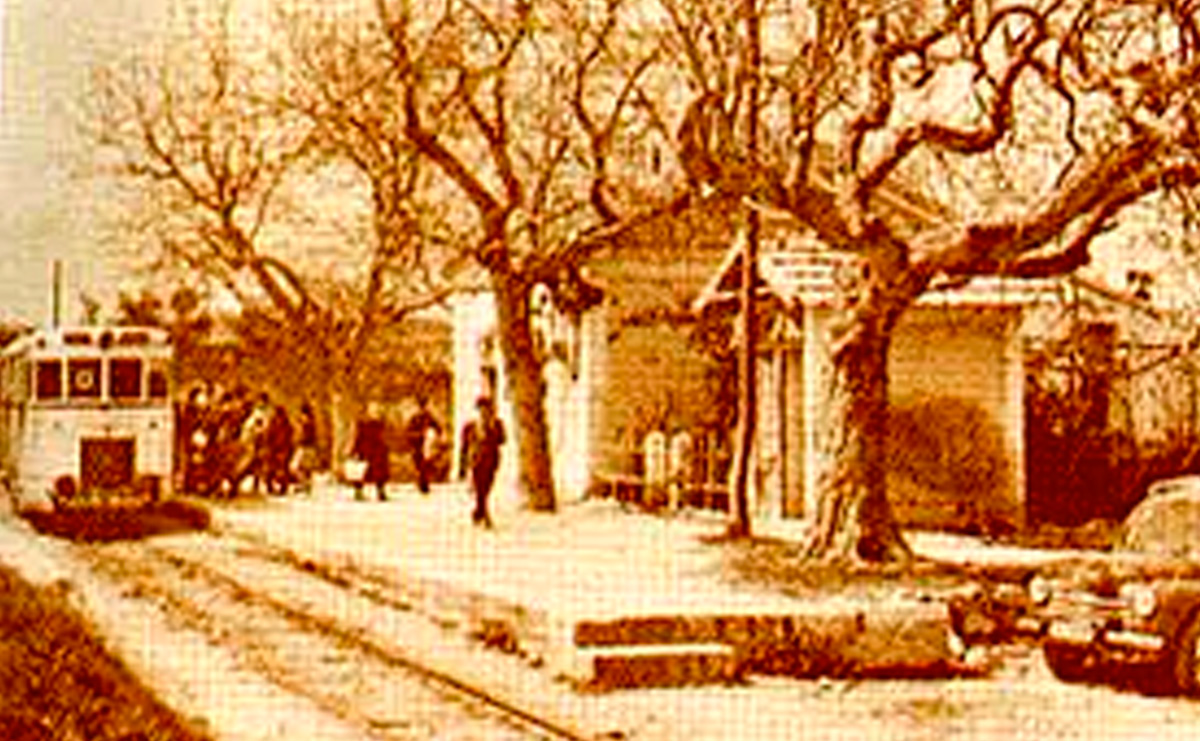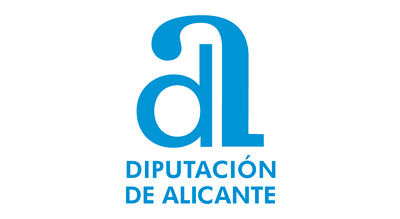Xixarra Greenway
History of the Railway

The proposed route runs along the itinerary of the Villena-Alcoi-Yecla railway, better known as "VAY" (being popularly called the “Xixarra”). Despite the name that identified this company, its narrow tracks never reached Alcoi. In the neighbouring town of Muro de Alcoi the route had its eastern end, and there it connected with another metric-gauge railway, the Alcoi-Gandía line, on which its trains circulated, while compensating the other company for the use of its tracks.
It was a very peculiar railway, beign self-sufficient for almost everything except its steam locomotives. Its logistics centre was in Villena, in a station parallel to the broad-gauge station of MZA (later Renfe). In its workshops, its wagons, cars and even its railcars were built, with a curious design created by the director of the company, Miguel Ybern.
The railway was inaugurated in 1884, and the route was completed 25 years later, when the tracks reached Muro. The initial idea was to reach Alcoi, but its slow construction allowed the English to overtake it with the line that linked the industrious capital of Alcoy with the port of Gandía. The VAY had, in addition to this port exit via Gandía, links with other broad-gauge lines. In Agres it linked (only for passenger traffic) with the Norte de Xàtiva to Alcoi line. In Villena with the aforementioned MZA line and, in the west end, in Cieza, with another MZA line, the Chinchilla-Cartagena line. To get there it used another line, that of the "Compañía de los Ferrocarriles Secundaria del Sur de España," the Jumilla-Cieza line, which, although it was independent, was operated jointly with the VAY.
All these lines had a modest life. In 1965 they became managed by FEVE, thus continuing the Xixarra trains towards the coast, even linking in Gandía with another FEVE line, the one that went from Carcaixent to Denia and, from there, to Alicante. The critical situation of the company led to both lines being closed in 1969 and dismantled shortly after.


